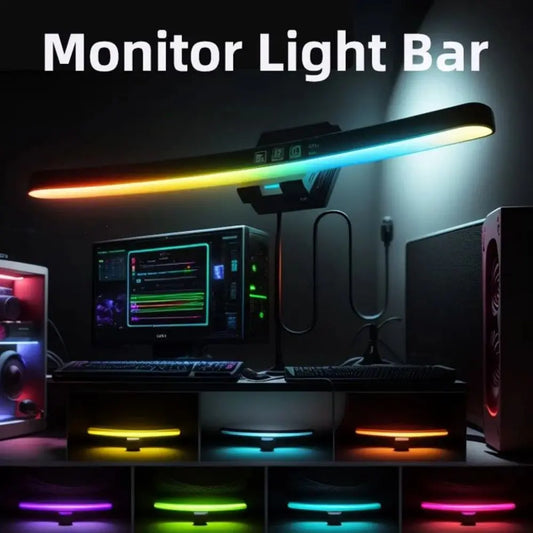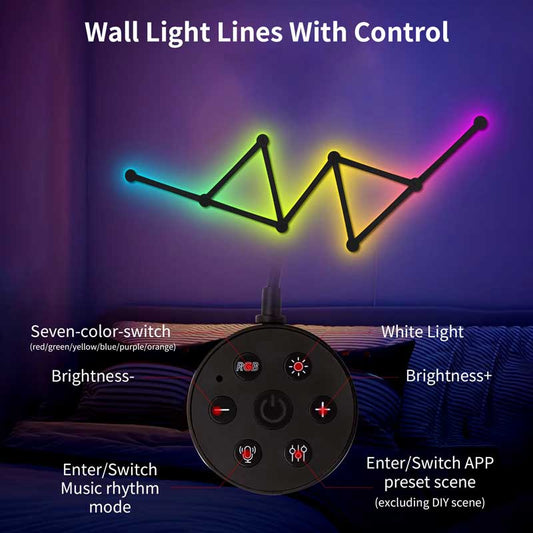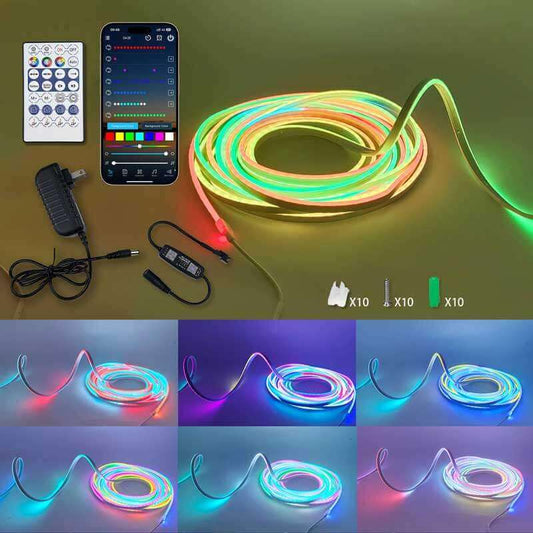Can you cut off excess Christmas lights?
Share
Yes, it is possible to cut off excess Christmas lights, but there are some important things to consider before doing so to ensure safety and avoid damaging the lights. The answer depends on whether you're working with LED or incandescent lights, as well as the type of lights you have.
1. LED Christmas Lights
- Pre-Connected LED Lights: Many LED string lights are pre-wired and may come in fixed lengths. For these lights, cutting the string is generally not recommended, as it may damage the internal circuitry and void any warranty.
- LED Lights with Adjustable Lengths: Some LED strings come with cuttable wires. These usually have small instructions on the packaging, which indicate where you can safely cut the string. Typically, these lights have marked intervals where you can trim them without affecting their operation.
Important Tip: If the lights are not designed to be cut, then cutting them could render them unusable, and you could damage the internal wiring. Always check the manufacturer's instructions.
2. Incandescent Christmas Lights
- Incandescent Lights with Bulbs: Incandescent string lights are often not designed to be cut, and cutting them could result in losing the entire string of lights. These lights often have a continuous loop, and cutting them can cause the electrical circuit to be broken, making the remaining lights on the string not work.
- Some Incandescent Strings: If you have a string that is designed to be customizable or comes with a cuttable option, you may be able to shorten them. But this is more common with modern LED lights than with incandescent ones.
3. Safety Precautions
- Unplug the Lights: Always unplug the lights before you attempt to cut them to avoid the risk of electric shock.
- Use the Right Tools: Use scissors or wire cutters designed for cutting electrical wiring to ensure clean cuts without damaging the wires.
- Check for Damage: If the lights appear to have damaged or frayed wires, it’s safer to replace them rather than attempt to cut or repair them.
4. Alternative Options if You Can't Cut the Lights
- Fold and Tuck the Excess: If cutting the lights is not an option, you can always fold or tuck the excess into the corners or areas where it won’t be visible. This is especially useful for outdoor light strings that are too long for the space.
- Use a Timer: If you're looking to reduce the length of time your lights are on, use a timer instead. This can be an easier and safer option than cutting the lights.
- Consider a Different Length: When buying lights for next year, consider getting a more appropriately sized string that fits your space to avoid dealing with excess wiring in the first place.
5. Specialty Lights that Are Meant to Be Cut
- Some specialty lights, like LED strips or light tubes, are designed specifically to be cut to fit a space. These lights usually come with cut lines or cut marks where you can safely trim them. For these lights, it is important to follow the manufacturer's guidelines.
Conclusion:
- LED Lights: If they are not specifically designed to be cut, do not attempt to cut them as it can damage the lights and possibly void the warranty.
- Incandescent Lights: Generally, you cannot cut these safely, and doing so will render them unusable.
- If you're unsure, it's always a good idea to consult the product instructions before cutting or modifying your lights.
If you need to adjust the length of your lights, consider folding them, using a timer, or opting for lights that are designed to be cut safely.




